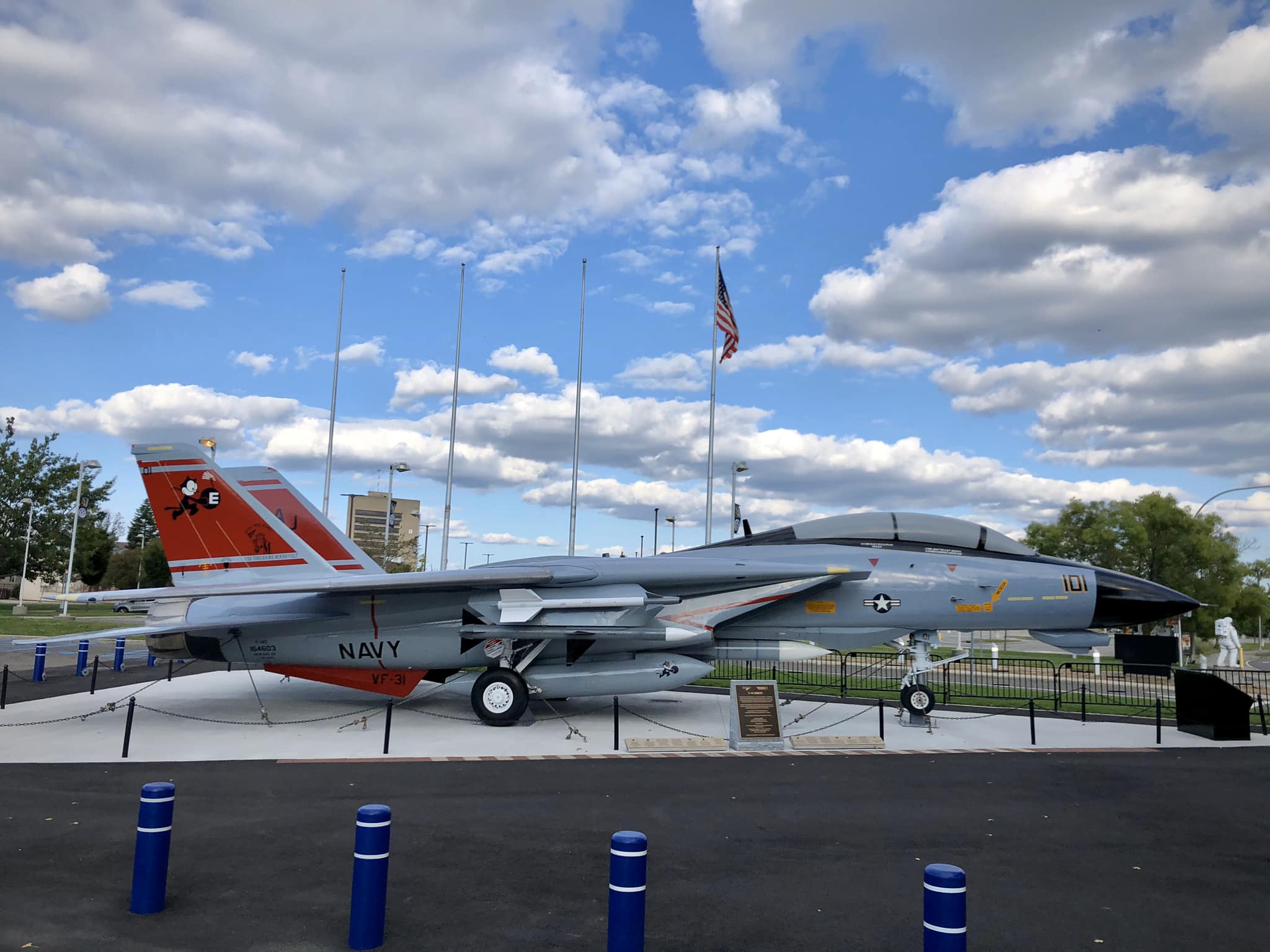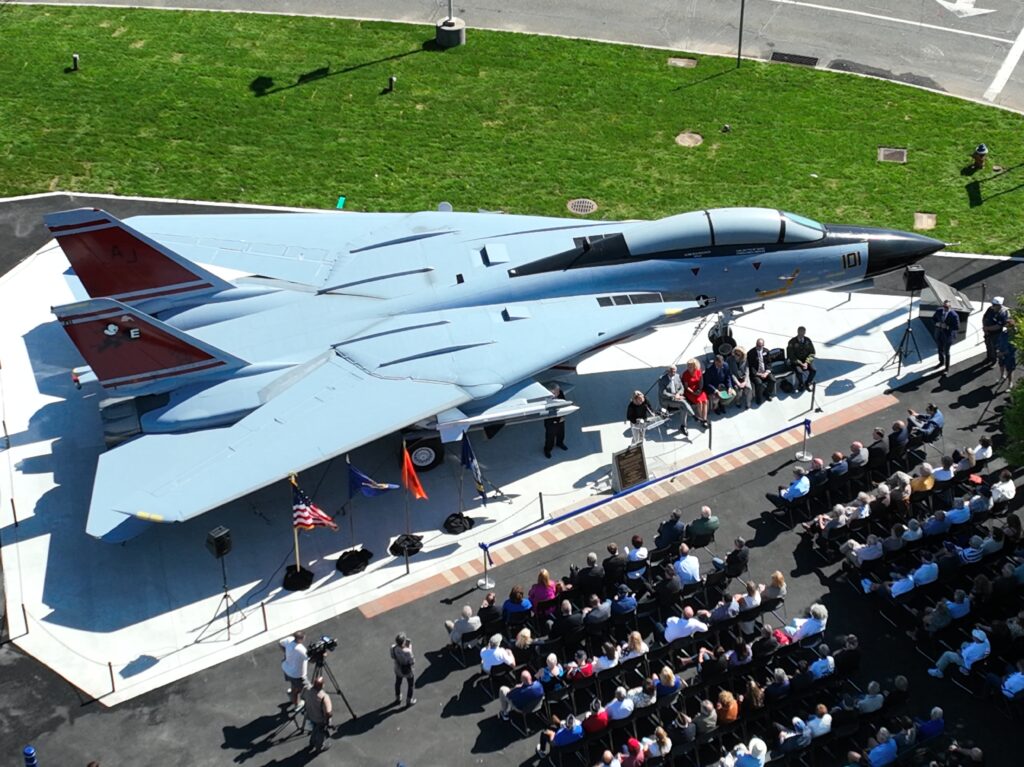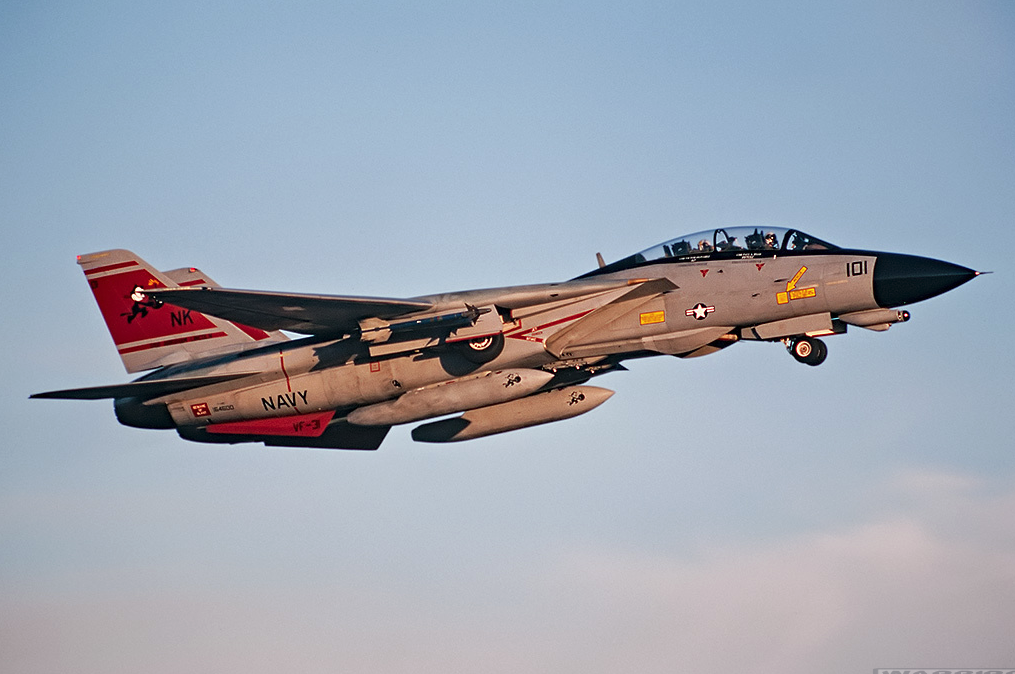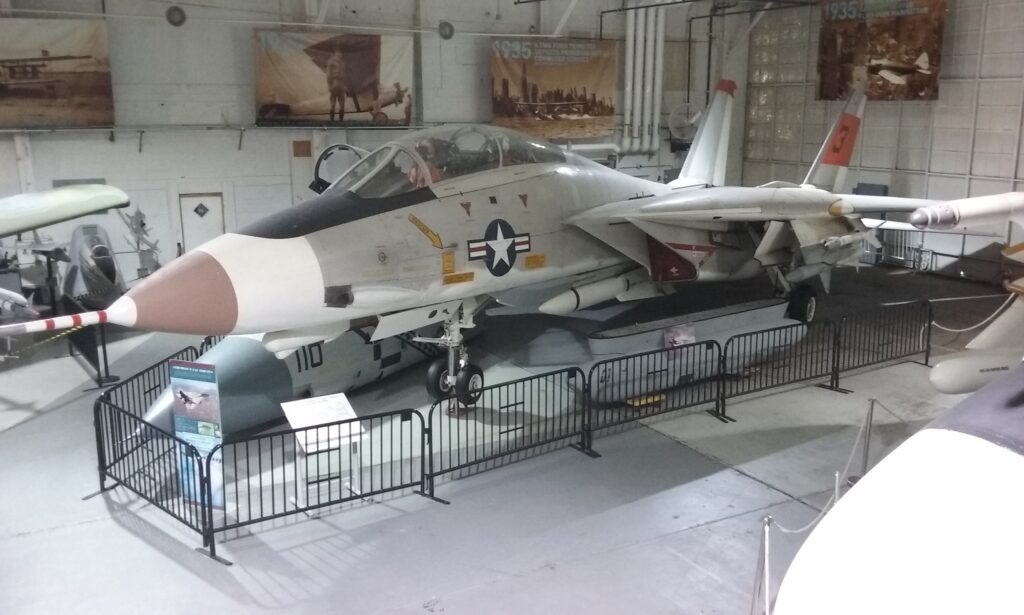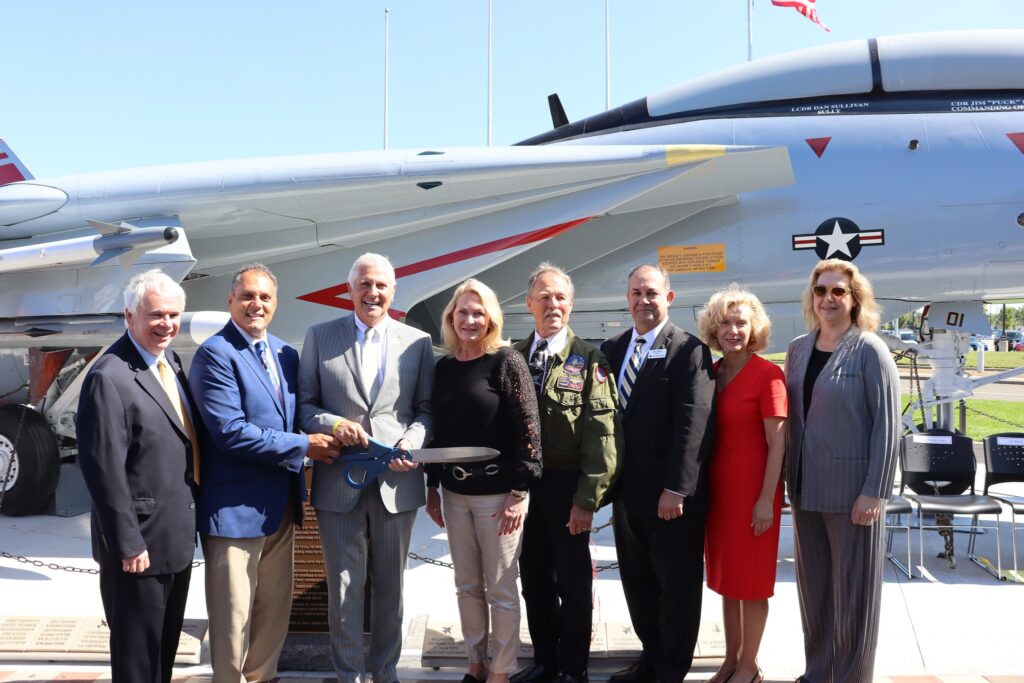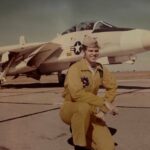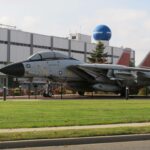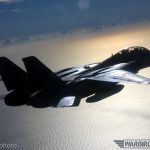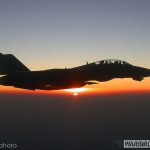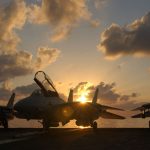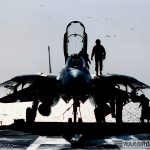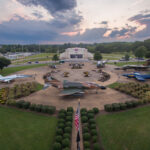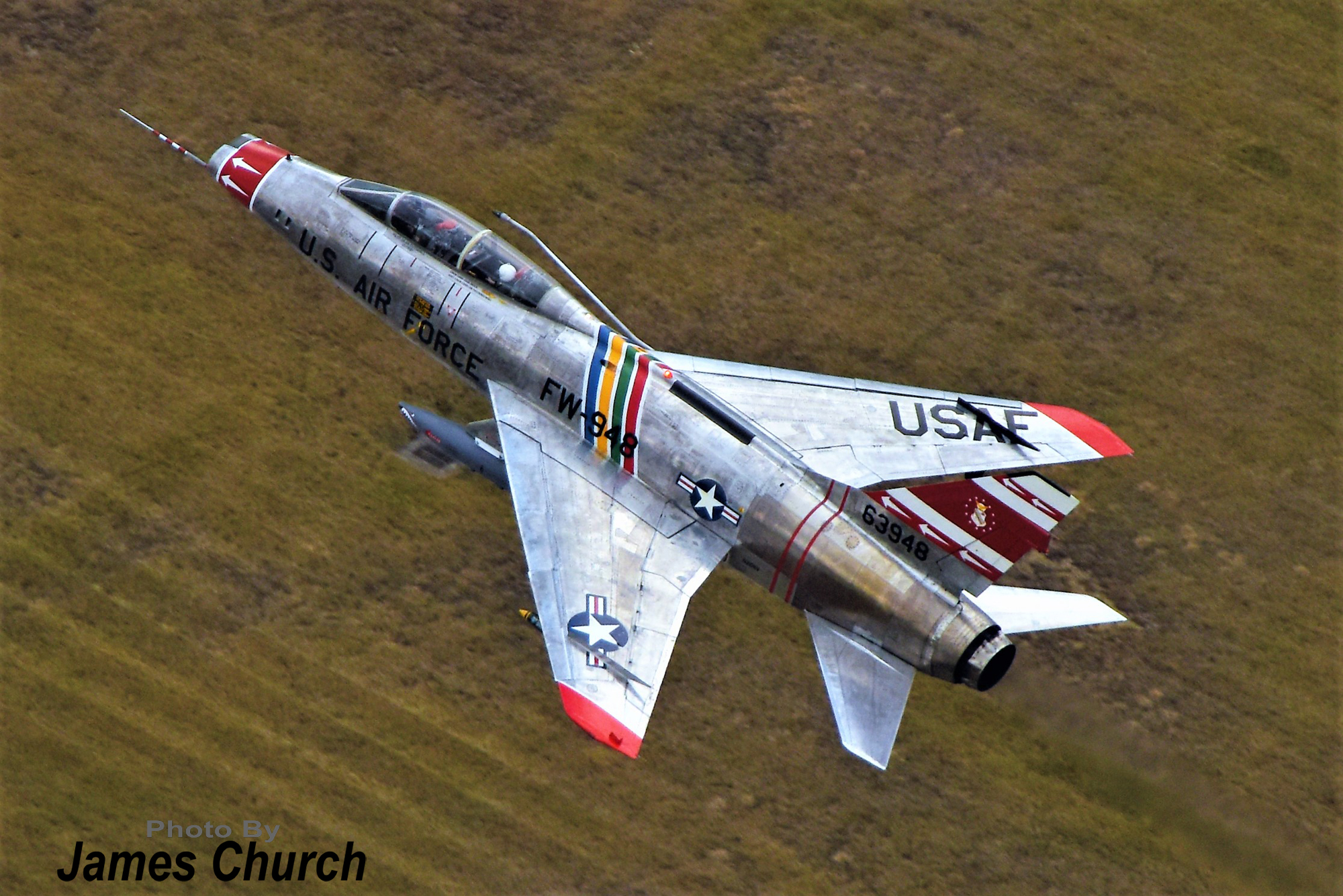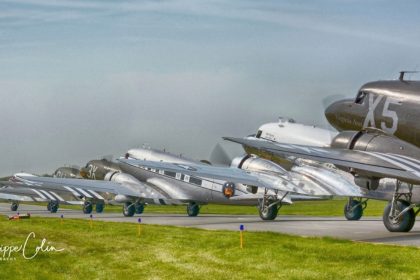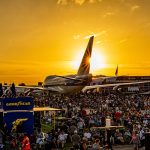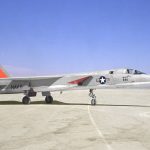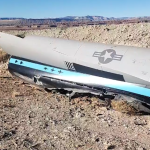On September 14, the Cradle of Aviation Museum inaugurated the outdoor F-14 Tomcat display with the participation of local authorities and former naval aviators. “Felix 101,” the last F-14 Tomcat in US Navy service, moved to the museum in Uniondale over the summer of 2022 and its restoration was completed later in October.
F-14D Tomcat BuNo 164603 is number 711 of the 712 Tomcats built, and the last Navy Tomcat to ever fly. Delivered to the Navy on May 29, 1992, it completed its 14 years of service with VF-31, the last F-14 squadron. This proud aircraft was returned “home” to Long Island on October 4, 2006, to become an enduring symbol of the spirit of innovation and teamwork, and to serve as a lasting reminder of the importance of what Northrop Grumman employees do every day to provide for our men and women in uniform. Felix 101 has been parked at 600 Grumman Rd. West since 2008 when Grumman’s successor, Northrop Grumman Corp., and the Grumman Retiree Club, a former employees group, created a monument.
The museum is already home to the third F-14 ever built. That plane, a pre-production model which was primarily used for determining structural loads and flight characteristics under extreme conditions. This Tomcat in museum’s collection is the third pre-production aircraft built having first flown on December 28, 1971 at the Grumman Flight Test Facility in Calverton, New York. Primarily used for determining structural loads and flight characteristics under many extreme conditions, No. 3 last flew in 1990. The museum obtained this aircraft in 1995 and moved it across the road from Calverton in one piece. Read more about the story of F-14A, Aircraft No. 3, BuNo. 157982.
For the event on September 14, local authorities included Nassau County Executive Bruce Blakeman, Nassau County Comptroller Elaine Phillips, and the town of Oyster Bay Supervisor Joseph Saladino. Retired Naval officer, aviator, test pilot, and aeronautical engineer, Captain Robert ‘Hoot’ Gibson and Cynthia Snodgrass, the widow of the esteemed former U.S. Navy aviator and F-14 pilot Dale Snodgrass were representing the Tomcat community. Vic Beck, Communications Director at Northrop Grumman and retired Rear Admiral, gave a speech for the occasion. Mr. Beck is the individual credited by Mr. Parton with the idea to relocate the plane to the Cradle of Aviation Museum.
The Cradle of Aviation Museum is home to one of the largest collections of aircraft and spacecraft in the world, arranged in eight galleries that take you through over 100 years of air and space history. The museum is also home to Long Island’s only Giant Screen Dome Theater. The Cradle is located at Charles Lindbergh Blvd. on Museum Row in Garden City. For more information, please call 516-572-4111 or visit our website at www.cradleofaviation.org.







